Is Las Vegas Worth Its $40 Million F1 Race Fee?
The world of Formula 1 has always been synonymous with glamour, speed, and eye-watering financial figures. But the recent revelation that Las Vegas now pays a staggering $40 million annual fee to host its Grand Prix has sent shockwaves through the motorsport community. This figure represents a seismic shift in the economics of F1 hosting rights, dwarfing the fees paid by traditional circuits and raising fundamental questions about the sport's direction.
Las Vegas isn't merely hosting a race—it's staging a spectacle. The 3.8-mile street circuit winds past Caesars Palace, the Bellagio, and other iconic casinos, transforming the city into a giant F1 theme park. The night race, bathed in neon lights with the Strip as its backdrop, represents Liberty Media's vision of F1 as entertainment first, sport second. This philosophy explains the willingness to pay premium fees in entertainment capitals like Miami and now Vegas.
The financial dynamics of modern F1 hosting have undergone a radical transformation. A decade ago, classic European circuits paid between $15-$25 million annually. Today, Middle Eastern oil states and entertainment hubs are rewriting the rulebook. Saudi Arabia reportedly pays $55 million annually, while Qatar's new deal approaches $45 million. Against this backdrop, Vegas' $40 million fee—though shocking compared to historic norms—fits the new paradigm of F1 as a loss leader for tourism and prestige.
What makes Las Vegas' investment potentially justifiable is the unique convergence of factors. The city attracts over 42 million annual visitors, with disposable income levels that dwarf most Grand Prix locations. F1's alignment with Vegas' existing entertainment infrastructure creates cross-promotional opportunities impossible elsewhere. When the Bellagio's fountains dance to the sound of roaring V6 hybrids, it's not just a race—it's branded content for both F1 and Las Vegas.
Critics argue the exorbitant fees create an unsustainable model that prices out traditional circuits. Historic venues like Spa-Francorchamps or Silverstone operate on entirely different financial models, where race fees must be justified by ticket sales rather than indirect tourism benefits. The danger exists of F1 becoming bifurcated—a split between heritage circuits kept alive by sentiment and glitzy new venues where racing plays second fiddle to the show.
Early indicators suggest the gamble might pay off. The 2023 Las Vegas Grand Prix generated an estimated $1.2 billion in economic impact, with hotel rates tripling race weekend. Over 315,000 attendees created the largest three-day F1 crowd in history. The global TV audience, drawn by the novelty of a night race through casino lights, delivered record numbers for a U.S. Grand Prix. These metrics begin to justify the fee through pure exposure value.
Behind the scenes, the financials reveal a more nuanced picture. The $40 million fee represents just part of the investment. Clark County contributed $80 million for infrastructure, while Liberty Media spent $240 million purchasing land for the pit building. These numbers highlight how modern F1 events have become joint ventures between promoters and host cities, with benefits calculated across multiple years and indirect revenue streams.
The Las Vegas experiment raises profound questions about F1's identity. As fees escalate, are we witnessing the sport's transition from motorsport to mobile entertainment franchise? The Vegas circuit's relatively straightforward layout—prioritizing visibility over racing complexity—suggests a focus on the casual spectator. This contrasts sharply with technical masterpieces like Suzuka or Interlagos, where the challenge to drivers defines the experience.
Looking ahead, the Vegas model may become the template rather than the exception. New York, Paris, and other global cities are reportedly exploring F1 bids, with fees likely matching or exceeding Vegas' benchmark. As traditional sponsors decline, these hosting fees become crucial to F1's revenue model—potentially reaching $100 million annually for premium locations by 2030.
Ultimately, the $40 million question isn't about accounting but vision. For Las Vegas, F1 represents another weapon in its endless reinvention—a fresh attraction for high rollers and Instagram influencers alike. For Formula 1, Vegas symbolizes the sport's audacious bet on becoming as much spectacle as sport. Whether this represents progress or the loss of F1's soul depends on whether you measure value in lap times or hashtags.
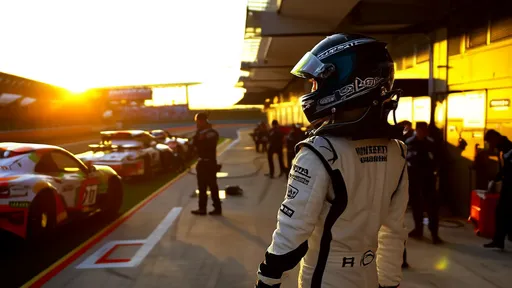
By /Jun 14, 2025
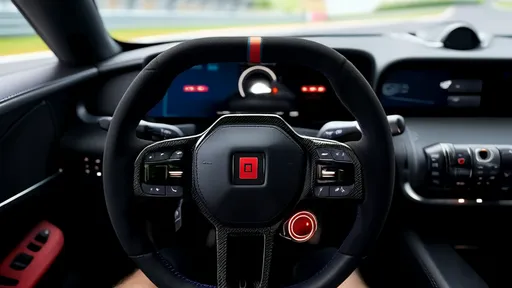
By /Jun 14, 2025
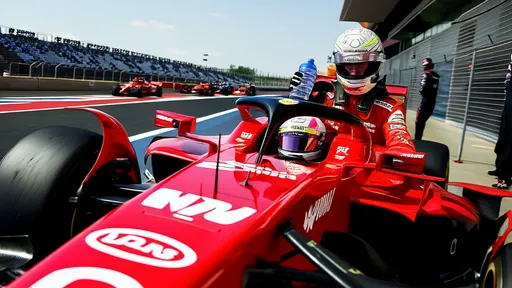
By /Jun 14, 2025
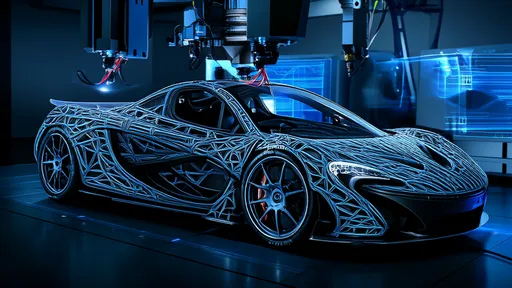
By /Jun 14, 2025
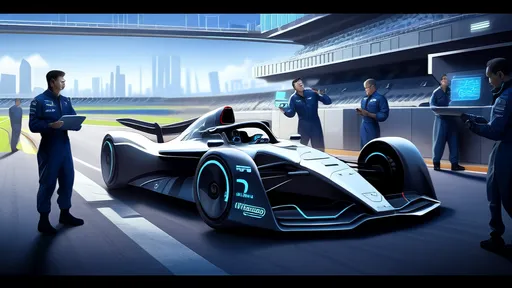
By /Jun 14, 2025
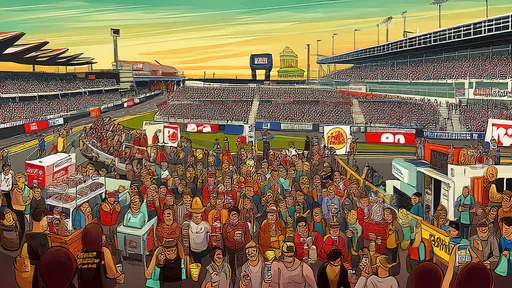
By /Jun 14, 2025
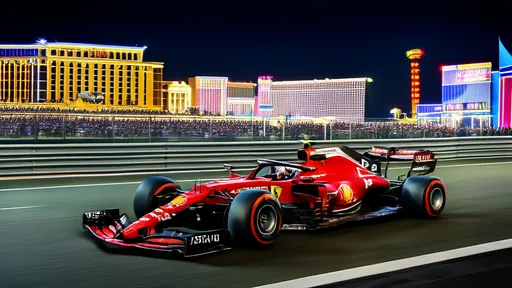
By /Jun 14, 2025

By /Jun 14, 2025
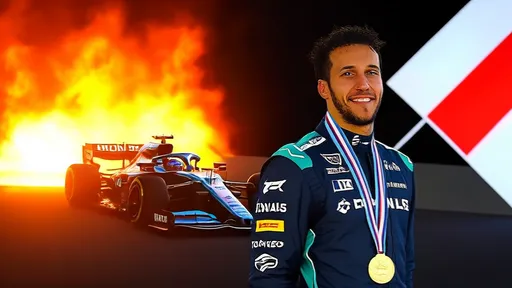
By /Jun 14, 2025

By /Jun 14, 2025
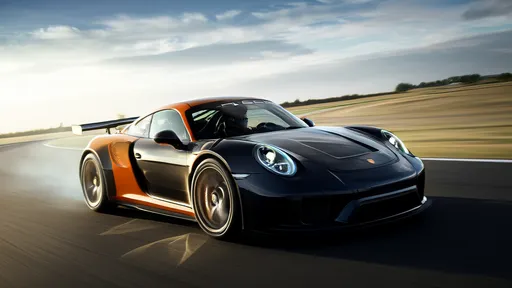
By /Jun 14, 2025
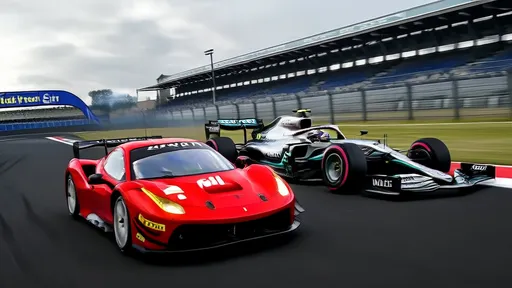
By /Jun 14, 2025
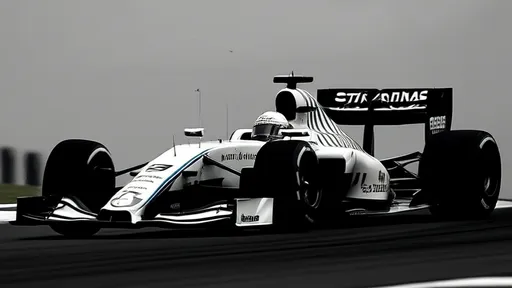
By /Jun 14, 2025
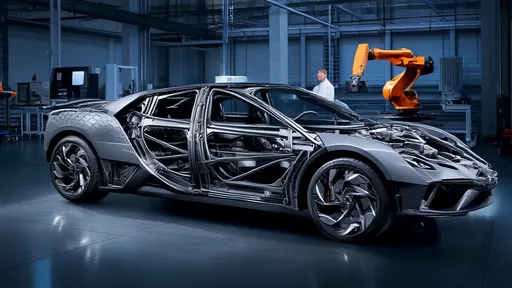
By /Jun 14, 2025

By /Jun 14, 2025

By /Jun 14, 2025
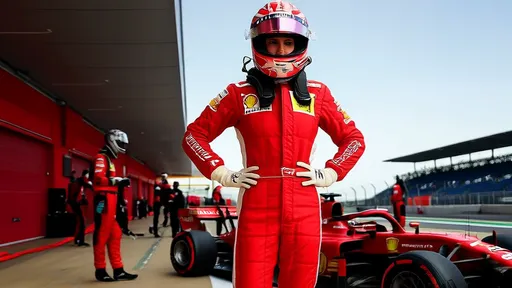
By /Jun 14, 2025